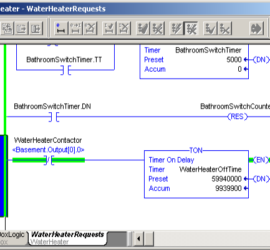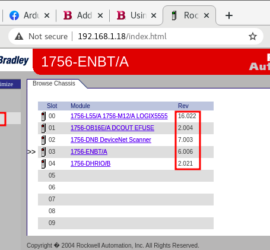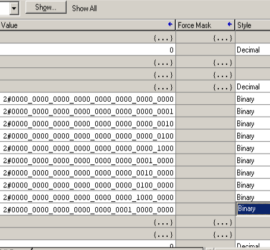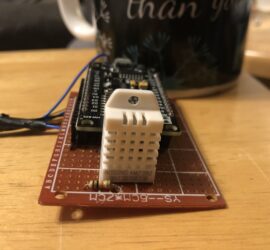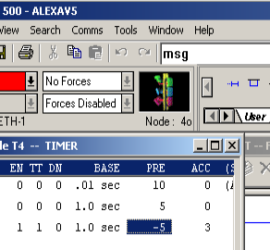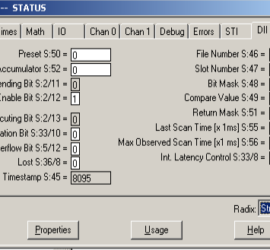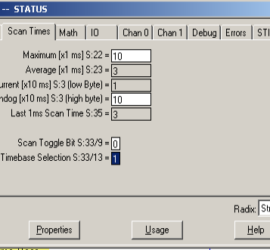Arduino Blink Without Delay
Introduction to Arduino Blink Without Delay The Arduino Blink Without Delay example allows you to blink a light without using the delay() function in the Arduino IDE. In short, this means you are not stopping the logic from scanning. This, you can execute other instructions while the light is waiting Read More »


